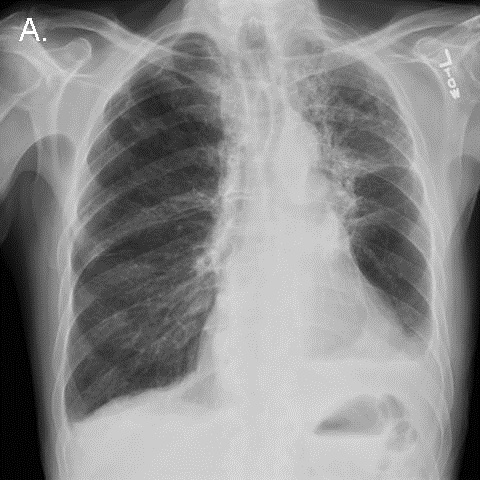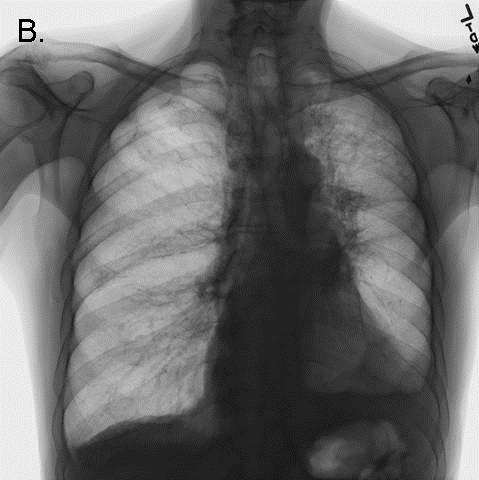June 2013 Critical Care Case of the Month: Scratch Where It Itches
 Sunday, June 2, 2013 at 5:40AM
Sunday, June 2, 2013 at 5:40AM Robert A. Raschke, M.D.
Banner Good Samaritan Medical Center
Phoenix Arizona
History of Present Illness
The patient is a 64 year old man who had suffered a non-orthostatic syncopal episode at home, shortly after the onset of lightheadedness. The patient was transported to an outlying hospital where he was described to be confused, wheezing, and in respiratory distress. He was said to be hypotensive (but no blood pressures were recorded in the transfer medical record). He was resuscitated with intravenous saline and underwent endotracheal intubation.
Past Medical History
On arrival at our hospital, further history revealed that the patient had a truncal rash for more than 20 years. He had two previous syncopal episodes associated with delirium, hypotension and respiratory failure. None of these episodes had any clear precipitating event. After the first event, two years previously, a cardiac evaluation resulted in coronary artery bypass surgery. He also had a history of type 2 diabetes mellitus and was taking glipizide and metformin. There was a history of glaucoma and he was receiving timolol.
Physical Exam
Vital Signs: blood pressure 111/60 mm Hg, RR 16 breaths/min, HR 72 beats/min, temperature 37.5° C.
HEENT: epistaxis and an oral endotracheal tube. The ETT tube had bloody pulmonary secretions.
Heart and lung: examination was unrevealing.
Skin: venous and arterial puncture sites were oozing blood. An erythematous and tan maculopapular rash covered his trunk (shown in figure 1).

Figure 1. Tan maculopapular rash on patient’s back (Panel A) and abdomen (Panel B)
Laboratory
Glucose 50 mg/dL (normal 70-100 mg/dL).
Activated partial thromboplastin time (aPTT) > 200 sec (normal < 30 seconds), prothrombin time (PT) > 120 secs (normal <30 seconds), and a fibrinogen of 39 mg/dL (normal 200-400 mg/dL), D-dimer 2.1 mcg/mL (normal <0.5 mcg/mL), haptoglobin <10 mg/dL (normal 41 - 165 mg/dL), LDH 508 U/L (normal 140-280 U/L), hemoglobin 9 gms/dL (normal 13-17 gms/dL), platelet count 274,000 cells/mcL (normal 150,000-450,000 cells/mcL).
Which of the following is (are) true?
- The glucose of 50 is just below the normal range and does not need treatment
- The patient’s elevated D-dimer is diagnostic of a pulmonary embolism
- The patients abnormal coagulation panel is most consistent with a history of taking anticoagulants
- The coagulation panel is consistent with disseminated intravascular coagulation
- All of the above
Reference as: Raschke RA. June 2013 critical care case of the month: scratch where it itches. Southwest J Pulm Crit Care. 2013;6(6):255-62. PDF








